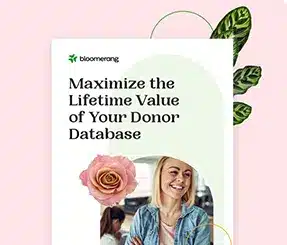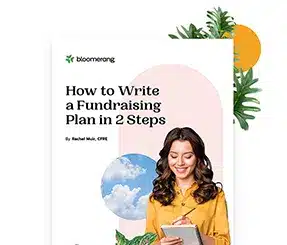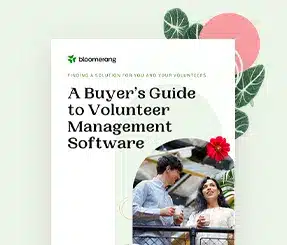The Magic Happens When We’re Not Asking For Gifts


Full Platform Overview Chat With Us



Full Platform Overview Chat With Us




If donor prospects of America’s 1.5 million nonprofits spanning all different sizes, missions, and parts of the country articulate one complaint in common about our sector, it’s this: “We only hear from you when you’re asking for our money.”
As a fundraising trainer/consultant, I preach that we solicit gifts for specific amounts, purposes, and timelines without fear, anxiety, or hesitation. That is an absolute!
But we should never lose sight of the fact that the solicitation is just a single moment in the gifting continuum that begins with “It’s a pleasure to meet you” and culminates with “Many thanks for your gift of time, talent, and treasure.”
So much has to happen before and after the solicitation if the outcome is to be favorable (and at the amount requested). If the phases of cultivation and stewardship aren’t adeptly conducted it won’t matter how brilliantly the ask is made.
The time devoted to interacting with donor prospects when money is not being discussed is when true bonding occurs and alignment on values, priorities, and needs. Professional and volunteer nonprofit leaders need to make the most of every one of these possibilities.
Based on a career leading advancement for three institutions of higher education, and as a fundraising trainer/consultant for the past seven years, here are 10 lessons that deserve to be highlighted.
The goal in resource development is never one-time transactions. Instead, we are looking to nurture lifetime friendships (notice we’re not saying relationships) that grow closer and closer over time and result in true partnerships in which donors and nonprofits join together to champion mutual visions of a better world.


Comments